I attended a NASA HyperWall Event which focused on earth’s observation satellites! There are many many things scientists can take and learn from the satellite’s data and pictures. They can put composite pictures together to see all of earth at night with the lights reflecting back, which is one of the best ways to illustrate human geography.
Also, the satellites can measure clouds, storms, and, temperatures as well as events such as the destruction of forests by natural occurrences, such as wildfires, and by humans through deforestation (the 1988 yellow stone fire was captured by the satellites). At the talk there was one screen of forest fires that was taken through the satellites thermal sensor. It could be seen that during different season there were more fires than others, most likely due to farming practices and lightening.
As well they can track the ice at the poles. There were pictures of the Arctic ice and Antarctic ice shelf showing the fluctuations overtime and the overall decrease of the area of ice. These areas are hard for humans to get to and monitor themselves so satellites are very useful and full of valuable data that we
otherwise would not be able to get. For example, because of the satellites we know that 99% of America’s glaciers are shrinking.
There have been satellites tasking imagery since 1972. They are meant to last 5 years and cost around 9 hundred million dollars! Not only can these machines monitor and take valuable data they can also capture amazing photographs of the Earth. (Temperature of the surface of the ocean left and Siberian River Delta right).
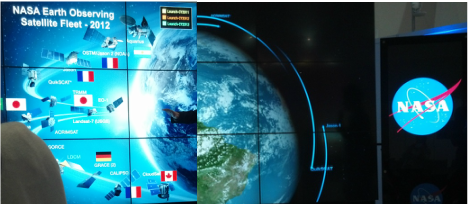
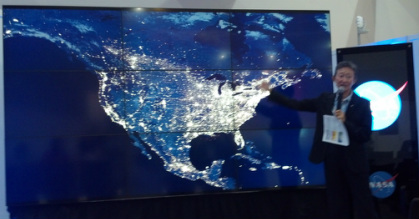
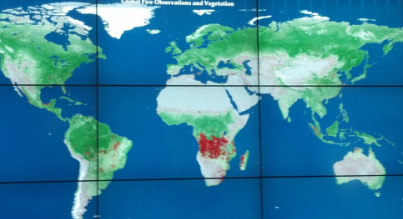
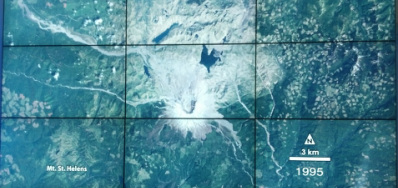
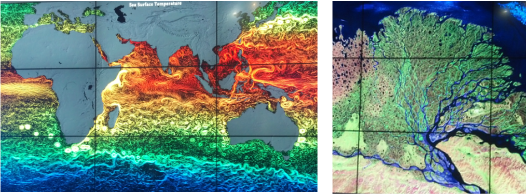
 RSS Feed
RSS Feed